One of the things I’ve long been curious about is how much food Alaskans grow, hunt, fish and gather and why they do it. This fall, I interviewed Jeff Yacevich, 38, who along with his wife, Laura Guiterrez, 40, is committed to getting much of his food from the land. They live in a cabin tucked away in a somewhat swampy spruce forest on permafrost in Goldstream Valley.
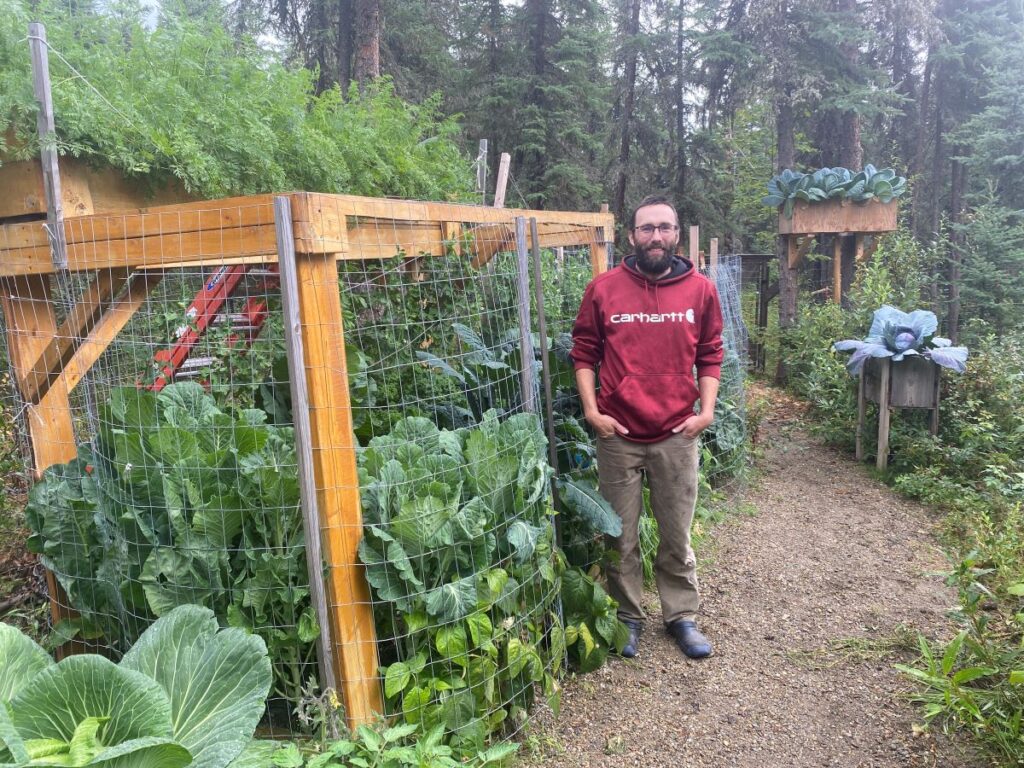
They estimate that each year they put up about 20 gallons of blueberries, 10 gallons of cranberries, and a couple of gallons of cloudberries, if they can find them. They aim to hunt for most of their meat, although in recent years they have purchased half a pig for bacon. They also fish for salmon and about 20 pike each year.
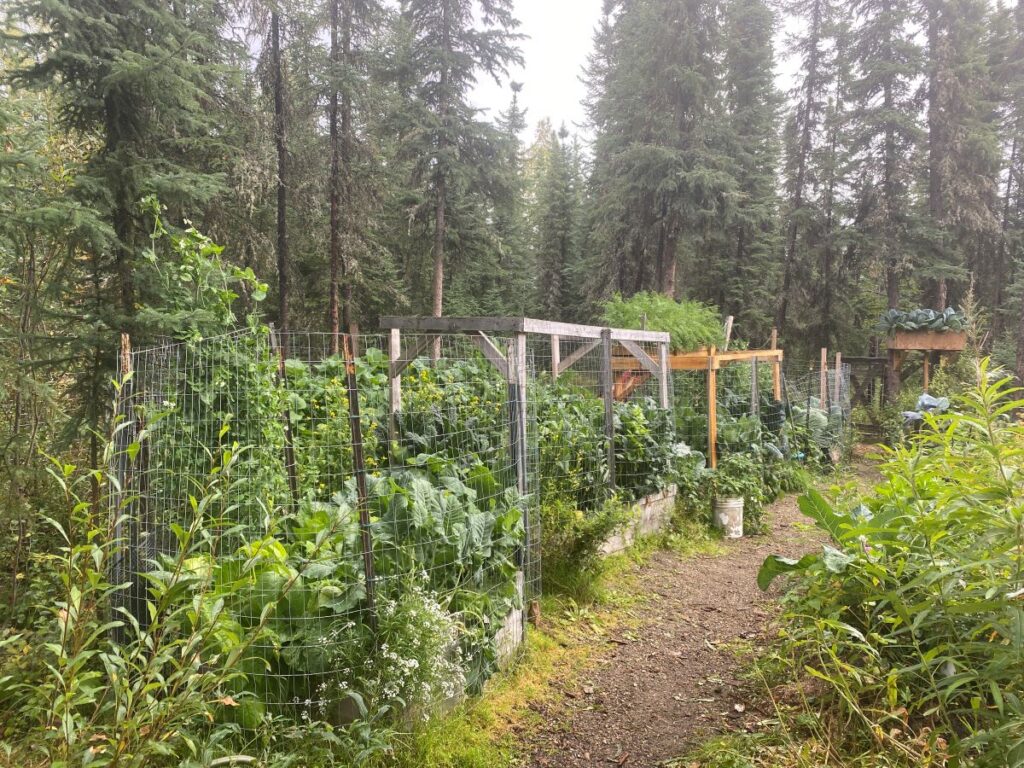
They hunt and fish for most of their protein and fat, but they purchase most of their carbohydrates, although they grow potatoes and carrots. They grow most of their greens — kale, collards, cabbage and broccoli — that they dehydrate, freeze and ferment. These generally last until February.
They don’t impose particular rules on themselves in terms of only eating locally available food — they go to Costco like everyone else and get what they want.
Just as interesting to me as what they are growing, gathering, hunting and fishing is how they are eating it. Jeff said, “We eat way more meat than other people though. We eat what people eat for dinner for breakfast and for lunch and for every single meal.”
Jeff and Laura have a couple of favorite ways to eat berries.
“We freeze ’em all and we make some jam but it’s a tiny amount and it’s always usually with leftover berries. We just have a bowl of berries with milk or half and half and maple syrup as dessert or as breakfast or whatever. It basically makes ice cream,” Jeff said. “And then we drink an incredible amount. We just put them in the Vitamix and drink it. . .half fizzy water, half blueberries and same with cranberries. So that’s how the majority of them get eaten.” No sugar is added to their fizzy berry drinks.
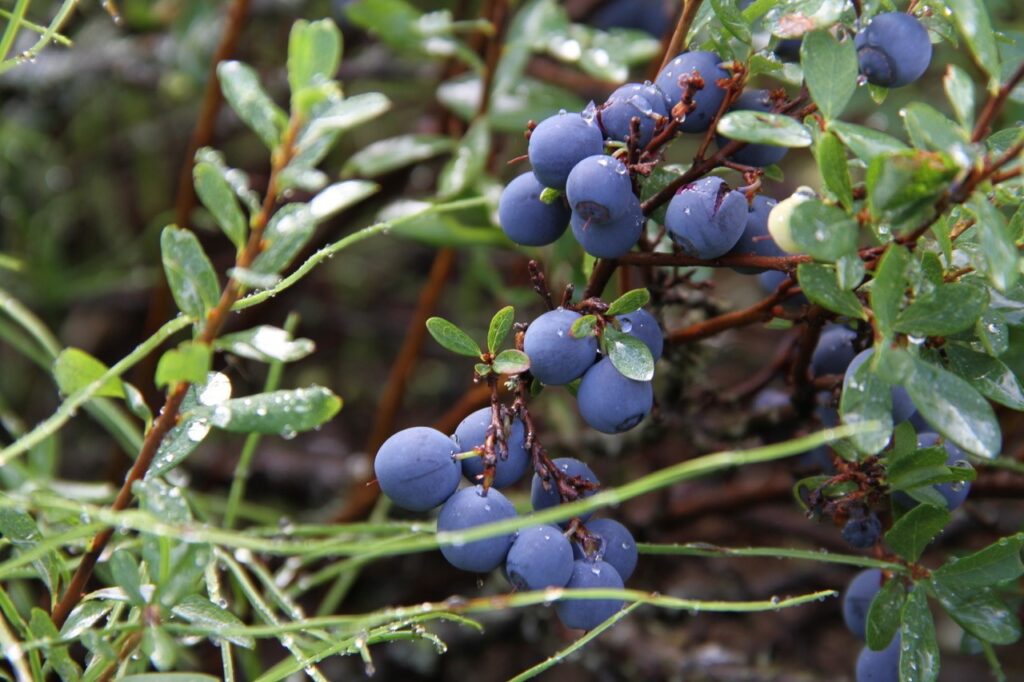
With their garden, they have taken care to cut few trees. They have even attached boxes on trees to get their plants more sunlight in their so-called “sky garden.”
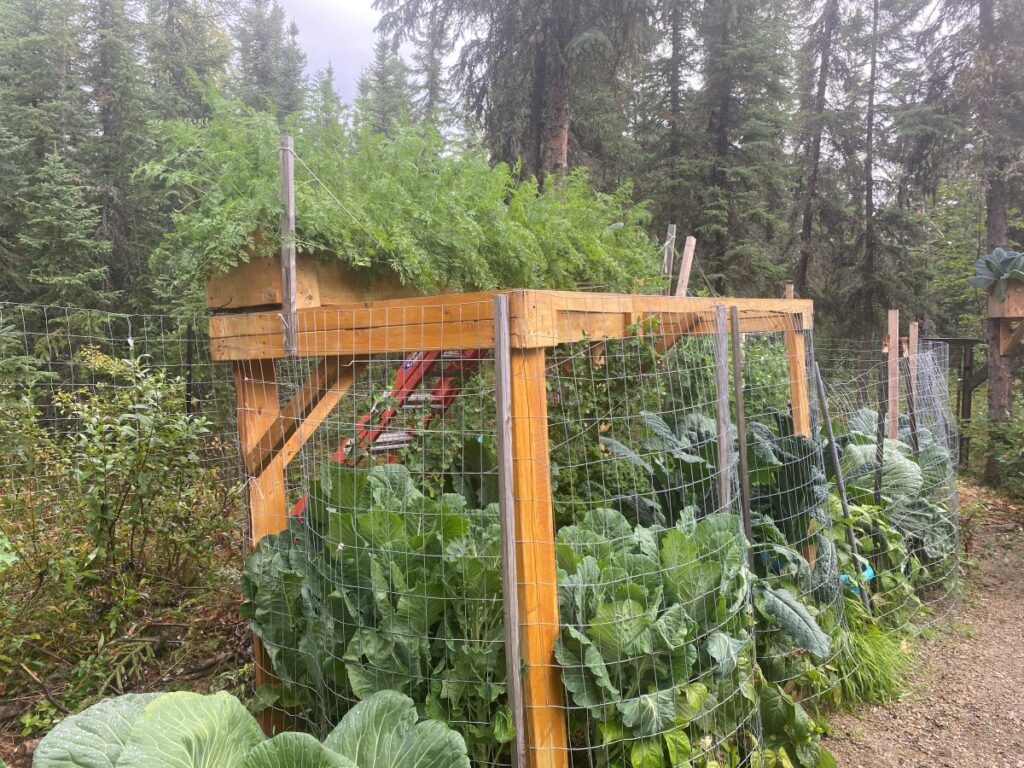
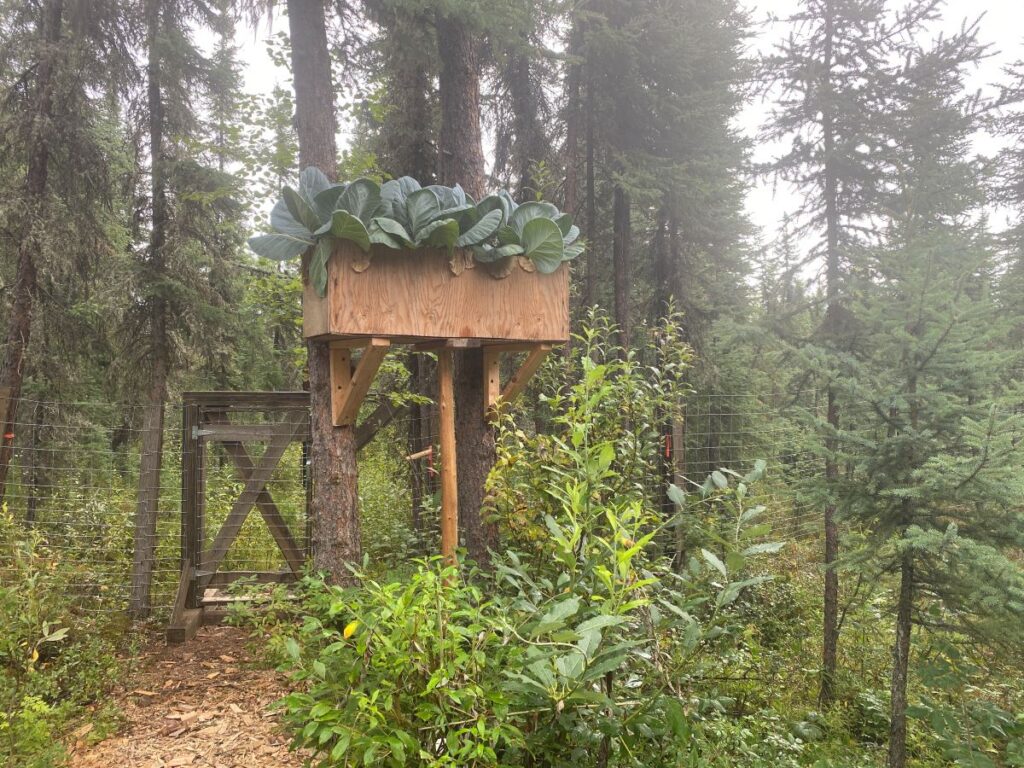
They are committed to composting and minimizing purchased inputs for their garden. They grew an entire row of potatoes alongside their dirt road mulched mostly with bird vetch (a prolific invasive species in Fairbanks) before it went to seed. They use bird vetch to mulch all of their crops. Jeff said that if everyone did that, there wouldn’t be enough vetch to go around.
Let’s face it, you can spend a lot of money on gardening, hunting and fishing depending on the gear, inputs and amenities that you buy. Four cubic feet of soil can cost $80. Add in shipping costs if you live off the road system and you are looking at true black gold.
They efficiently preserve and eat greens. By efficiently I mean they’re also eating what would normally be thrown away. They skip the blanching step, because Jeff hates that step, bag up their greens and freeze them, then just shatter the frozen greens straight into what they’re cooking. They save things like kale stems, freeze and vacuum pack them, then dice, fry and eat them. Jeff says, “they’re so good and then you end up with a ton of vegetables that we would have just composted.”
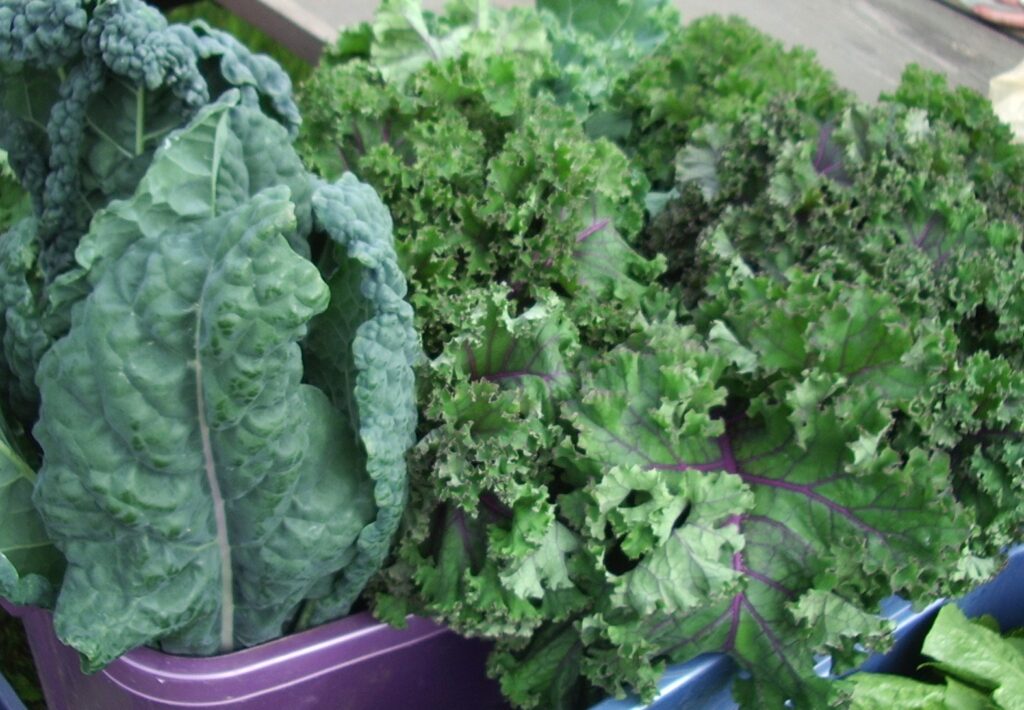
After talking with Jeff, I was impressed by a couple of things. In some ways, getting food from the land is the easy part. What can be more challenging is eating that food, specifically, eating the same things over and over again, as well as parts that may be considered less palatable, like kale stems. Most people are used to a great deal of variety, both throughout the day and on a week-to-week basis.
According to the USDA Economic Research Service, in 2022 food expenditures away from home increased noticeably, while food expenditures at home decreased. In addition to the convenience factor, eating out is another way we are able to experience a larger variety of cuisine. Preparing food from a garden takes longer than food from the grocery store. It needs to first be harvested, washed and chopped.
According to the American Time Use Survey on average in 2023, people spent 40 minutes on food preparation and cleanup and 10 minutes on lawn and garden care a day. But, if you grow a garden and have a lot of stored food on hand, I like to think that I spend less time in the grocery store. I think the idea of developing a personal cooking repertoire can also streamline things in the kitchen.
I read about this idea in Jessica Battilana’s cookbook, “Repertoire: All the Recipes You Need.” The idea is that cooking becomes much easier when you have a list of your go-to, favorite recipes. Jeff and Laura have done this well and have streamlined the use of their harvest in the kitchen with some no-recipe-needed, go-to techniques or recipes.
Jeff and Laura aren’t alone in their commitment to hunt, fish, gather and grow much of their food. I also want to acknowledge the Dena people of the lower Tanana Valley on whose ancestral lands I live and work secured all of their food from the land and many still strive to do so.
Others include Terry Reichardt who I interviewed in 2017. She estimated her family is able to get 95% of their food from the land. She has an upcoming eight-week gardening class in Fairbanks for a requested donation of $25 on Mondays from 6-8 p.m. starting Sept. 30. You can register by calling 907-452-2406.
I teach an Online course called Grow Your Own Food through Alaska X (EdX) couple of online courses that will help you grow your own food as well as a 3 credit class each spring offered through the University of Alaska Fairbanks Natural Resources and Environment Department called Growing a Productive, Sustainable Garden in Alaska,
The barrier to greater personal and community self-sufficiency in Alaska is not just in getting the food from the land, it’s also whether or not we’re willing to eat outside the box, eat a more monotonous diet, forgo the ever-increasing convenience of takeout, eating out, frozen meals, or pre-prepared meals, and put in the time to prepare food from the land at home. Extension can help you learn more about growing, harvesting, and preserving food in Alaska through workshops, webinars, videos, informational pamphlets and answers to your questions.
Published in the Fairbanks Daily Newsminer September 14, 2024.
This was such an interesting article. I love the fact that they live off of the land as much as possible and use everything that they are able to. It’s one of the philosophies I have when it comes to hunting. Every part of the animal gets used for something. Thanks so much for sharing!
Thanks for the comment. That’s awesome!